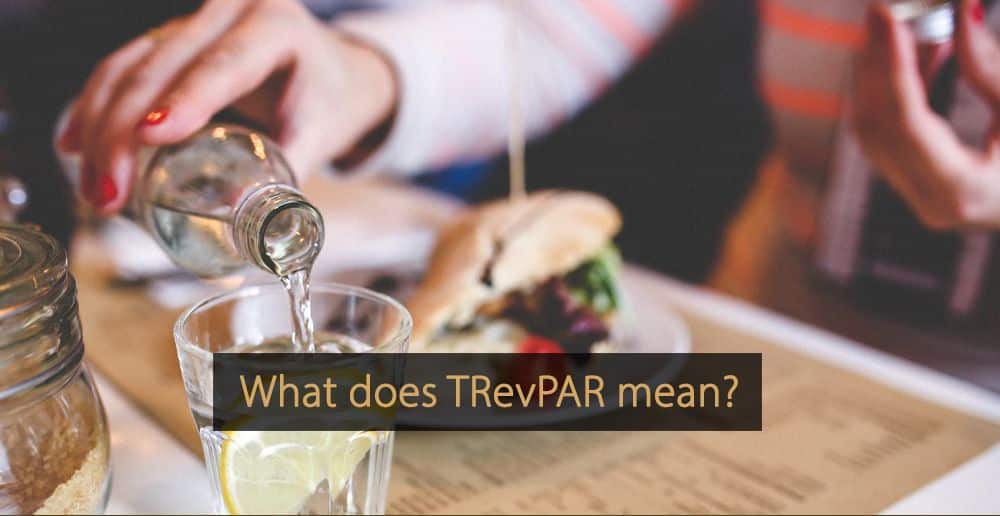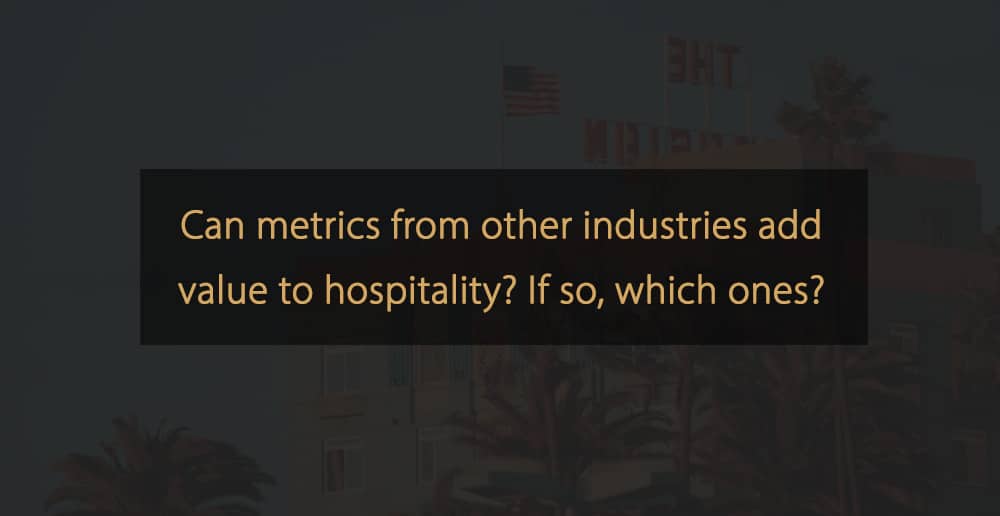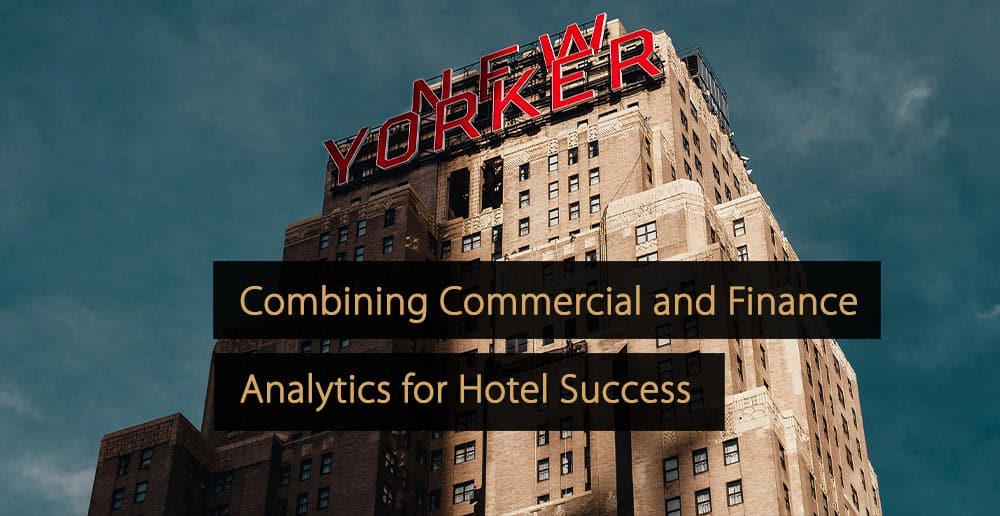Total revenue per available room, or TRevPAR, is a KPI used by those within the hotel industry to assess business results. It is concerned with the total revenue generated from rooms and space available. As a result, it can play an important role in a revenue management strategy and provide a useful snapshot of overall performance.
What Does TRevPAR Stand for?
TRevPAR, or total revenue per available room, is used within the field of revenue management to assess total amount of revenue generated by a property, on a per room basis, regardless of whether rooms are sold. As a KPI, its value is in demonstrating how effectively space is being used for revenue generating purposes.
In general, hotels should aim to increase TRevPAR, because that is indicative of either an increase in average revenue, an increase in occupancy, or both. TRevPAR can be calculated with the following formula:
TRevPAR = Total Revenue / Number of Available Rooms
Video: What Is TRevPAR?
What Is the Importance of TRevPAR?
As a performance metric, TRevPAR is extremely important for hotels, because it deals with the reality that most modern hotels have a variety of revenue streams. TRevPAR provides a clear indication of how successful your hotel is at generating revenue using the space available, regardless of where that revenue actually comes from.
While understanding room revenue is useful, TRevPAR offers a more complete look at overall revenue performance. For example, if your hotel generates a large amount of its revenue from the hotel restaurant, RevPAR alone may provide an overly pessimistic picture of revenue performance, whereas TRevPAR will factor this revenue stream in.
What Is an Example of TRevPAR?
To provide an example of TRevPAR, imagine a hotel with 200 rooms achieves the following revenue metrics:
Room Sales: $50,000
Restaurant: $12,000
Bar: $7,000
Spa: $8,000
Total Revenue: $50,000 + $12,000 + $7,000 + $8,000 = $77,000.
TRevPAR: $77,000 (Total Revenue) / 200 (Number of Rooms) = $385.
What Is the Difference Between RevPAR and TRevPAR?
Although the metrics of RevPAR and TRevPAR seem pretty similar on the surface, there is one key difference between the two. RevPAR, as a KPI, is concerned solely with revenue generated from selling rooms, while TRevPAR factors in all revenue, including money spent on room service, in the restaurant, at the bar, etc.
Uses and Limitations
TRevPAR has a valuable role to play as a hotel industry revenue management KPI, because it provides similar information to RevPAR, but factors in all revenue generated from rooms, rather than simply the room rate. It can, therefore, provide a better view of the big picture, allowing for pricing adjustments to be made.
With that being said, there are certain limitations to TRevPAR as a performance metric. It does not take into account any costs incurred by the hotel, and it also does not factor in the actual level of occupancy.
TRevPAR & Market Conditions
This table explores how different market conditions impact Total Revenue Per Available Room (TRevPAR) in the hospitality industry. It details the effects of seasonal variations, economic changes, and other factors on TRevPAR and provides strategies for hotels to adapt and optimize revenue under varying conditions. This insight is crucial for hoteliers aiming to effectively manage market fluctuations and enhance profitability.
| Market Condition | Effect on TRevPAR | Adaptive Strategies |
|---|---|---|
| High Season | TRevPAR typically increases due to higher occupancy rates and potential for increased pricing. | Capitalize on demand by optimizing pricing strategies and offering premium services. |
| Economic Downturn | TRevPAR may decrease as consumer spending tightens, leading to lower occupancy and reduced spending. | Introduce value packages, focus on cost control, and maintain marketing to capture demand. |
| Local Events | Significant short-term spikes in TRevPAR can occur due to increased demand from event-driven traffic. | Create event-specific offers and packages to maximize revenue during peak demand. |
| Technological Advances | Changes in booking technology and platforms can shift TRevPAR by altering consumer behavior. | Stay updated with tech trends to enhance direct bookings and customer engagement. |
| Competitive Pressure | Increased competition can pressure TRevPAR by driving down prices or by competitors offering superior services. | Differentiate offerings, enhance the guest experience, and leverage unique selling propositions. |
| Regulatory Changes | New laws or regulations (e.g., tourism taxes and safety regulations) could affect operational costs and pricing strategies. | Adjust pricing and operations to comply while maintaining profitability and service quality. |
Tips to Optimize TRevPAR in Hotel Revenue Management
Hotels may want to optimize TRevPAR, because it demonstrates an ability to effectively extract revenue from guests. Below, you can find examples of tips that can assist with this.
1. Provide Unique Experiences and Activities
Within your hotel, you can maximize revenue from each guest by offering unique experiences or activities and charging money for them. For instance, you could get your bar staff to provide cocktail-making lessons. Alternatively, you could partner with local attractions or tour operators and charge a commission fee for sending customers their way.
2. Reconsider Your Distribution Mix
Another way to boost TRevPAR is to focus on the different distribution channels you use and review relevant data. You may find, for example, that customers who book using certain OTAs are, on average, spending more in your hotel. This then allows you to target the most profitable channels with the aim of increasing overall revenue.
More Revenue Management KPI’s
KPI stands for Key Performance Indicator. With KPI, you can measure and identify areas of success and failure, as well as trends related to demand and customer behavior. Besides TRevPAR, other important Revenue Management KPIs are:
- What Is RevPAR?
- What Is RevPOR?
- Hotel KPIs explained: ADR, REVPAR and GOPPAR
- What is an Occupancy Rate?
- What does EBITDA stand for?
- NRevPAR Clearly Explained!
- What is ARPA?
- RevPAR versus GOPPAR
More Tips to Grow Your Business
Revfine.com is the leading knowledge platform for the hospitality and travel industry. Professionals use our insights, strategies, and actionable tips to get inspired, optimize revenue, innovate processes, and improve customer experience.Explore expert advice on management, marketing, revenue management, operations, software, and technology in our dedicated Hotel, Hospitality, and Travel & Tourism categories.
This article is written by:
Hi, I am Martijn Barten, founder of Revfine.com. With 20 years of experience in the hospitality industry, I specialize in optimizing revenue by combining revenue management with marketing strategies. I have successfully developed, implemented, and managed revenue management and marketing strategies for individual properties and multi-property portfolios.










Leave A Comment